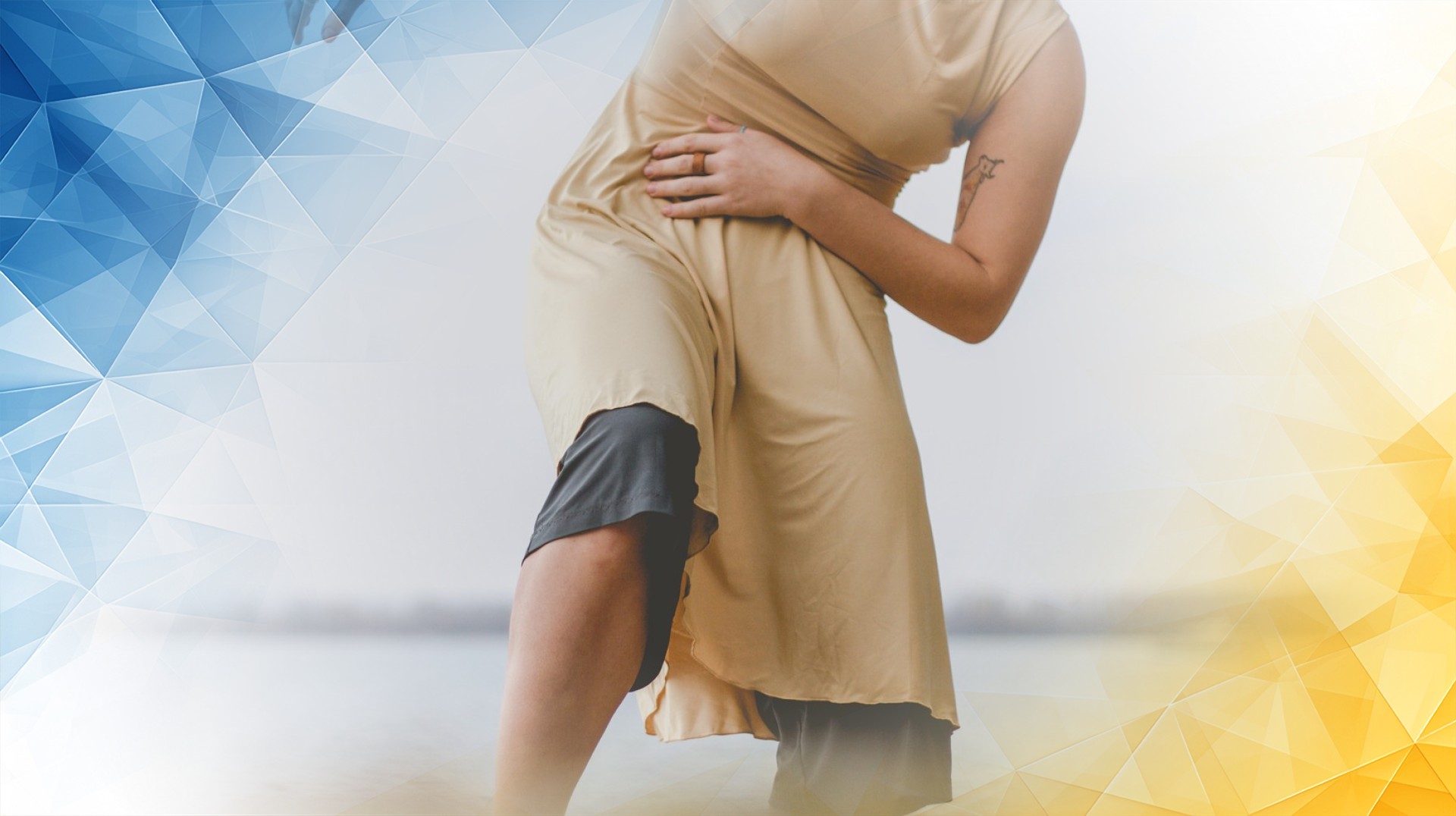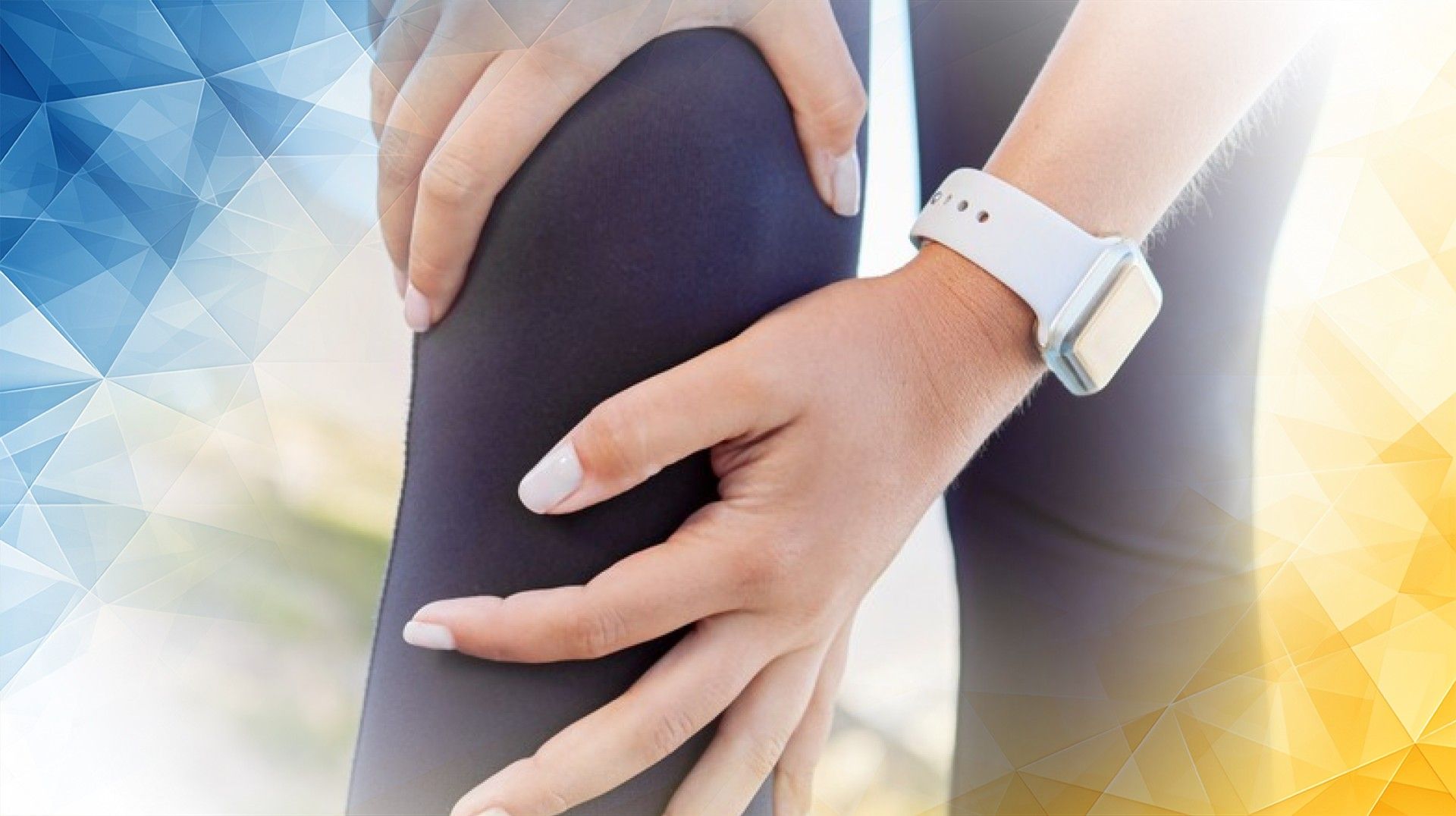



The anterior cruciate ligament (ACL) is a crucial stabilizer in your knee , responsible for keeping it steady and moving smoothly. Traditionally, a torn ACL has been seen as an automatic ticket to surgery, with the belief that only an operation can restore function and prevent future problems. However, emerging research is challenging this notion, showing that some ACL injuries can heal naturally, without going under the knife. In this article, we’ll dive into how certain ACL tears may recover on their own, what happens during the healing process, what rehabilitation involves, and what you might expect if you choose a non-surgical route.
Whenever a ligament is injured, your body kicks off a healing process with three stages: inflammation, repair, and remodeling. Initially, inflammation cleans out damaged tissue and signals the start of recovery. Next, during repair, new collagen fibers begin to bridge the torn area. Finally, remodeling strengthens and organizes these fibers to restore the ligament ’s function.
Modern MRI technology helps doctors predict which ACL injuries have the best chance of healing naturally. Tears that occur outside the knee’s main joint capsule (“extrasynovial”) tend to heal more readily. Other positive signs include ligament fibers that remain aligned, minimal swelling in the joint, and a small gap between the ends of the torn ligament. These insights help healthcare professionals identify patients who might safely avoid surgery.
For example, recent case reports have tracked patients with extrasynovial tears and well-aligned fibers healing successfully with non-surgical care. Consistent MRI scans showed the ligament steadily bridging the gap over several months, confirming that, for some people, the body can quietly repair a torn ACL without intervention.
Interestingly, research has also found that patients with both ACL and MCL injuries may sometimes heal without surgery, especially when the injury pattern and tear location are favorable. This “silent recovery” demonstrates our body’s remarkable—though not unlimited—capacity for repair.
It’s worth noting, however, that not all ACL tears are equally likely to heal on their own. Unlike the MCL, the ACL has a less robust blood supply, which can limit its healing potential. This difference helps explain why the MCL more commonly heals naturally, while complete ACL tears often do not.
Opting for non-surgical treatment means focusing on rehabilitation, not just rest. Physiotherapy is at the heart of this approach, helping to strengthen the muscles around the knee and restore balance and stability. A knee brace may be recommended to protect the ligament as it heals, while high-impact or risky activities are usually put on hold to reduce the chance of re-injury .
Many people wonder: “Can you live an active life without ACL surgery ?” For partial tears or select complete tears, especially where healing signs are good, the answer can be yes—with a personalized approach and careful precautions. Healing without surgery will still involve a recovery process, and some discomfort is likely as the ligament repairs .
Monitoring progress is key. Regular MRI scans and clinical follow-up can track how well the ligament is healing and guide the pace of rehabilitation. In some documented cases, athletes returned to sport in just over four months, with sustained improvement seen even three years later. For others, natural recovery took closer to nine months before they could resume all previous activities.
That said, not every ACL tear is suited to conservative care, and some may require surgery later if stability does not return or if the injury worsens during recovery.
Deciding between surgery and non-surgical care depends on several factors: the severity and location of your tear, your age, activity level, job or sport requirements, and overall knee health . Non-surgical options tend to work best for partial tears or tears that, on MRI, look likely to heal .
Throughout recovery, it’s essential to stay closely connected with your healthcare provider. Regular check-ins and periodic imaging help ensure the ligament is healing as expected and allow for adjustments to your treatment plan. As more research suggests that a subset of ACL injuries —especially extrasynovial tears—can heal quietly, this “silent recovery” may become an increasingly recognized pathway in sports medicine.
Still, it’s important to keep expectations realistic. Even with the best rehabilitation, recovery from ACL injuries —whether surgical or not—often involves a period of adaptation and adjustment. On average, ACL injuries have more challenges in healing compared to MCL injuries, emphasizing the importance of individualized care and guidance from experienced professionals.
Surgery remains the gold standard for many ACL tears , especially in highly active individuals or those with complex tears. However, growing evidence supports the possibility of natural healing for select patients. Understanding the body’s repair process, recognizing favorable injury patterns, and following a carefully designed rehabilitation plan can all set the stage for a successful recovery—sometimes without an operation.
Every patient’s journey is unique, so it’s important to have open conversations with your healthcare team and make decisions tailored to your goals and needs. As research continues to evolve, non-surgical treatment may become a more common and trusted option, giving patients greater flexibility and control on their road to recovery.
Bray, R. C., Léonard, C., & Salo, P. (2002). Vascular physiology and long‐term healing of partial ligament tears. Journal of Orthopaedic Research, 20(5), 984–989. https://doi.org/10.1016/s0736-0266(02)00012-8
Razi, M., Soufali, A.P., Ziabari, E.Z., Dadgostar, H., Askari, A., & Arasteh, P. (2020). Treatment of concomitant ACL and MCL injuries: Spontaneous healing of complete ACL and MCL tears. The Journal of Knee Surgery, 34(12), 1329-1336. https://doi.org/10.1055/s-0040-1708858
Serner, A., Sas, B., D’Hooghe, P., & Arnáiz, J. (2023). Extrasynovial ACL tear as potential indicator for ACL healing capability: A case report of a recreational football player with 3 years of serial follow-up tracking ACL healing. JOSPT Cases, 3(4), 212-218. https://doi.org/10.2519/josptcases.2023.11747
All our treatments are selected to help patients achieve the best possible outcomes and return to the quality of life they deserve. Get in touch if you have any questions.
At London Cartilage Clinic, we are constantly staying up-to-date on the latest treatment options for knee injuries and ongoing knee health issues. As a result, our patients have access to the best equipment, techniques, and expertise in the field, whether it’s for cartilage repair, regeneration, or replacement.
For the best in patient care and cartilage knowledge, contact London Cartilage Clinic today.
At London Cartilage Clinic, our team has spent years gaining an in-depth understanding of human biology and the skills necessary to provide a wide range of cartilage treatments. It’s our mission to administer comprehensive care through innovative solutions targeted at key areas, including cartilage injuries. During an initial consultation, one of our medical professionals will establish which path forward is best for you.
Contact us if you have any questions about the various treatment methods on offer.
Legal & Medical Disclaimer
This article is written by an independent contributor and reflects their own views and experience, not necessarily those of londoncartilage.com. It is provided for general information and education only and does not constitute medical advice, diagnosis, or treatment.
Always seek personalised advice from a qualified healthcare professional before making decisions about your health. londoncartilage.com accepts no responsibility for errors, omissions, third-party content, or any loss, damage, or injury arising from reliance on this material. If you believe this article contains inaccurate or infringing content, please contact us at [email protected].